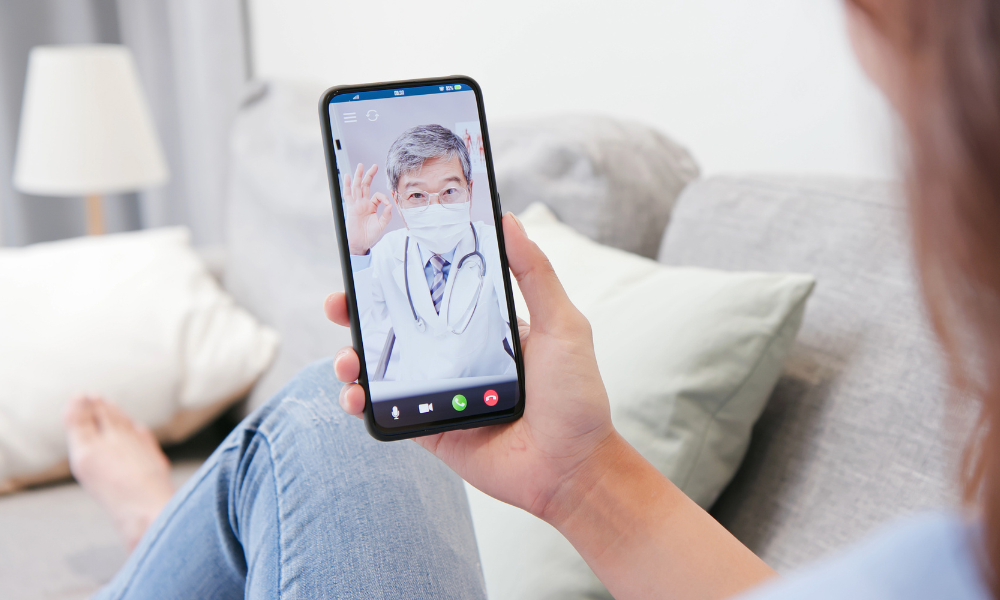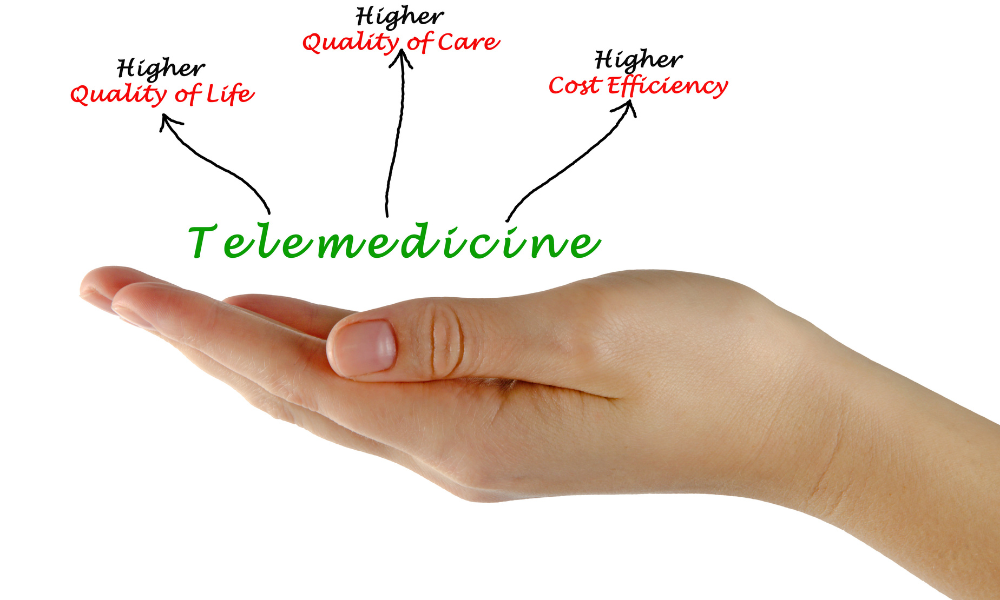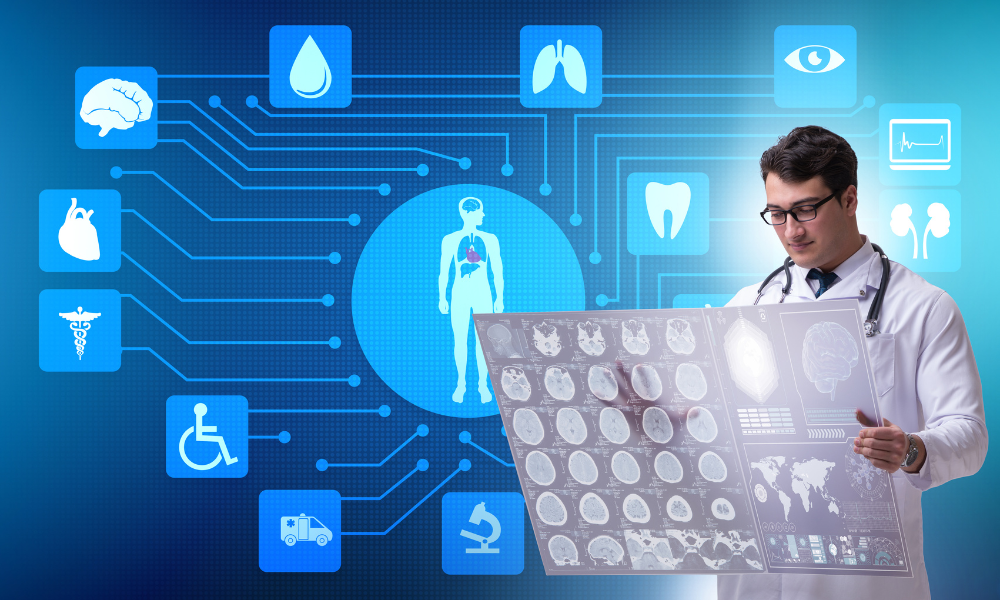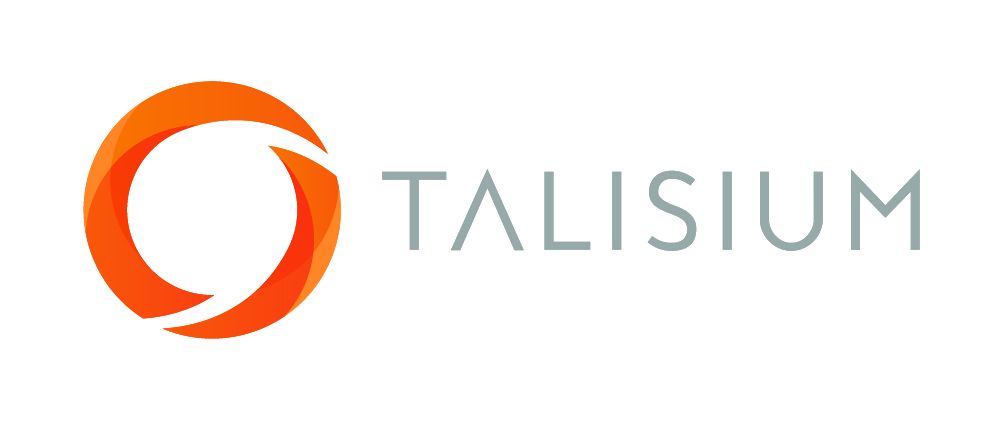Telemedicine is the practice of providing medical care and health services through the use of telecommunications technology. Driven largely by the COVID pandemic, it has emerged as a valuable tool for delivering healthcare services globally, particularly in remote areas where access to medical care is limited or in cases where patients are in isolation.
With technological advancements, telemedicine has become increasingly sophisticated, making it possible to diagnose, treat, and monitor patients remotely. This has made healthcare more accessible and affordable, and has improved the quality of care.
This blog post will explore the benefits of telemedicine, the technological advancements that have enabled its progress, and the future prospects of this innovative healthcare delivery method.
With technological advancements, telemedicine has become increasingly sophisticated, making it possible to diagnose, treat, and monitor patients remotely. This has made healthcare more accessible and affordable, and has improved the quality of care.
This blog post will explore the benefits of telemedicine, the technological advancements that have enabled its progress, and the future prospects of this innovative healthcare delivery method.
Telemedicine Improves Access to Healthcare Services Globally

Access to healthcare services has been a major challenge for many people globally, particularly those in remote or under-served areas. Telemedicine has emerged as a solution to this problem by making healthcare services more accessible. According to the World Health Organisation, over half of the world’s population lacks access to essential healthcare services. Telemedicine has the potential to reduce this number significantly by improving access to medical care.
In India, where more than 70% of the population lives in rural areas, telemedicine has been used to bring healthcare services to remote areas. Apollo Telemedicine Networking Foundation, a non-profit organisation, has been providing telemedicine services in remote areas of the country since 2000. They have been able to connect patients with doctors through video consultations, reducing the need for travel and improving healthcare access.
Telemedicine Reduces Healthcare Costs and Benefits Patients and Providers

Telemedicine has the potential to reduce healthcare costs significantly, benefiting both patients and healthcare providers. By eliminating the need for travel, telemedicine reduces the cost of transportation for patients, which can be a significant burden for those in remote or under-served areas. Additionally, telemedicine can help reduce the cost of healthcare services by making it possible to deliver care remotely.
To illustrate these savings, one study by the American Hospital Association found that the use of telemedicine for stroke care can reduce costs by up to 40%.
Telemedicine Enhances Quality of Care and Improves Patient Outcomes

Telemedicine also has the potential to improve the quality of care by enabling healthcare providers to monitor patients remotely, diagnose illnesses, and provide treatment. This can lead to better outcomes for patients and can also help healthcare providers deliver more efficient and effective care.
For example, in Scotland, telemedicine has been used to reduce hospital admissions for patients with chronic obstructive pulmonary disease (COPD). Patients with COPD often experience exacerbations that require hospitalisation. By providing these patients with telemedicine devices, the healthcare providers can monitor their condition remotely and intervene early to prevent exacerbations. This has led to a 60% reduction in hospital admissions for COPD patients in Scotland which is a significant result.
Technological Advancements and Future Prospects of Telemedicine

Telemedicine has come a long way since its inception, and technological advancements have enabled its progress. Emerging technologies such as artificial intelligence, virtual reality, and wearable devices have the potential to transform the way healthcare services are delivered through telemedicine. However, the integration of these technologies into telemedicine comes with both advantages and challenges.
For example, the use of artificial intelligence in telemedicine can help healthcare providers diagnose illnesses more accurately and quickly. It can also help healthcare providers deliver personalised care by analysing patient data. However, the integration of artificial intelligence into telemedicine comes with challenges such as privacy concerns and the need for proper regulation which is the subject of ongoing discussion in many countries around the world.
Telemedicine: The Innovative Solution to Global Healthcare Challenges
In summary, telemedicine has emerged as a valuable tool for delivering healthcare services globally, especially through the COVID-19 pandemic. There is no doubt it has improved access to healthcare, reduced healthcare costs, and enhanced the quality of care globally which is a good thing for everyone involved.
With technological advancements, telemedicine has the potential to transform the way healthcare services are delivered into the future but it won't be without it's challenges!
With technological advancements, telemedicine has the potential to transform the way healthcare services are delivered into the future but it won't be without it's challenges!
"In 2019, the global telemedicine market size was valued at USD 34.28 billion and is expected to grow at a compound annual growth rate (CAGR) of 15.1% from 2020 to 2027." - Grand View Research, "Telemedicine Market Size, Share & Trends Analysis Report By Type, By Modality, By Application, By End Use, By Region And Segment Forecasts, 2020 - 2027"
"A systematic review of 27 telemedicine programs in low- and middle-income countries found that telemedicine led to improved health outcomes, increased patient and provider satisfaction, and reduced costs." - World Health Organisation, "Telemedicine: Opportunities and Developments in Member States"
"Telemedicine visits in the UK rose from just 3% of GP appointments in March 2020 to over 90% by April 2020, following the outbreak of COVID-19." - Royal College of General Practitioners, "Telemedicine: The Future for General Practice?"
"Patients who received telemedicine consultations in the UK reported an average cost savings of £37.56 ($52.38) and travel savings of £8.60 ($12.01) per appointment." - NHS England, "NHS Long Term Plan Implementation Framework"
"Remote monitoring of patients with chronic conditions using telemedicine has been found to reduce hospital admissions by 47%, emergency department visits by 71%, and mortality rates by 38%." - Journal of Medical Internet Research, "Remote Patient Monitoring in Chronic Conditions: A Systematic Review of Reviews and Meta-Analyses"




